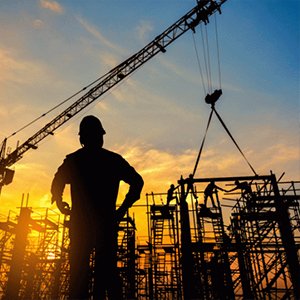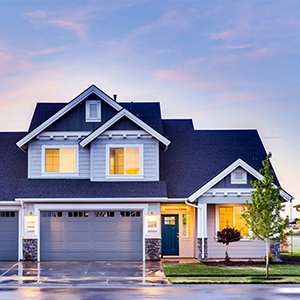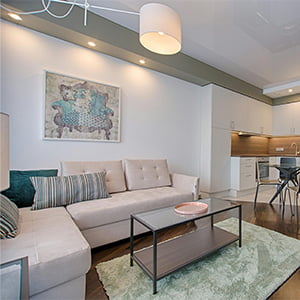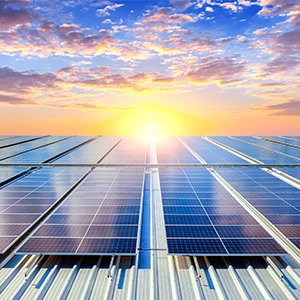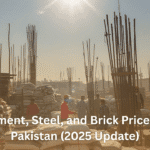
Cement, Steel, and Brick Prices in Pakistan (2025 Update)
September 30, 2025
Open Kitchen vs Closed Kitchen – Which is Better for Pakistani Homes?
October 3, 2025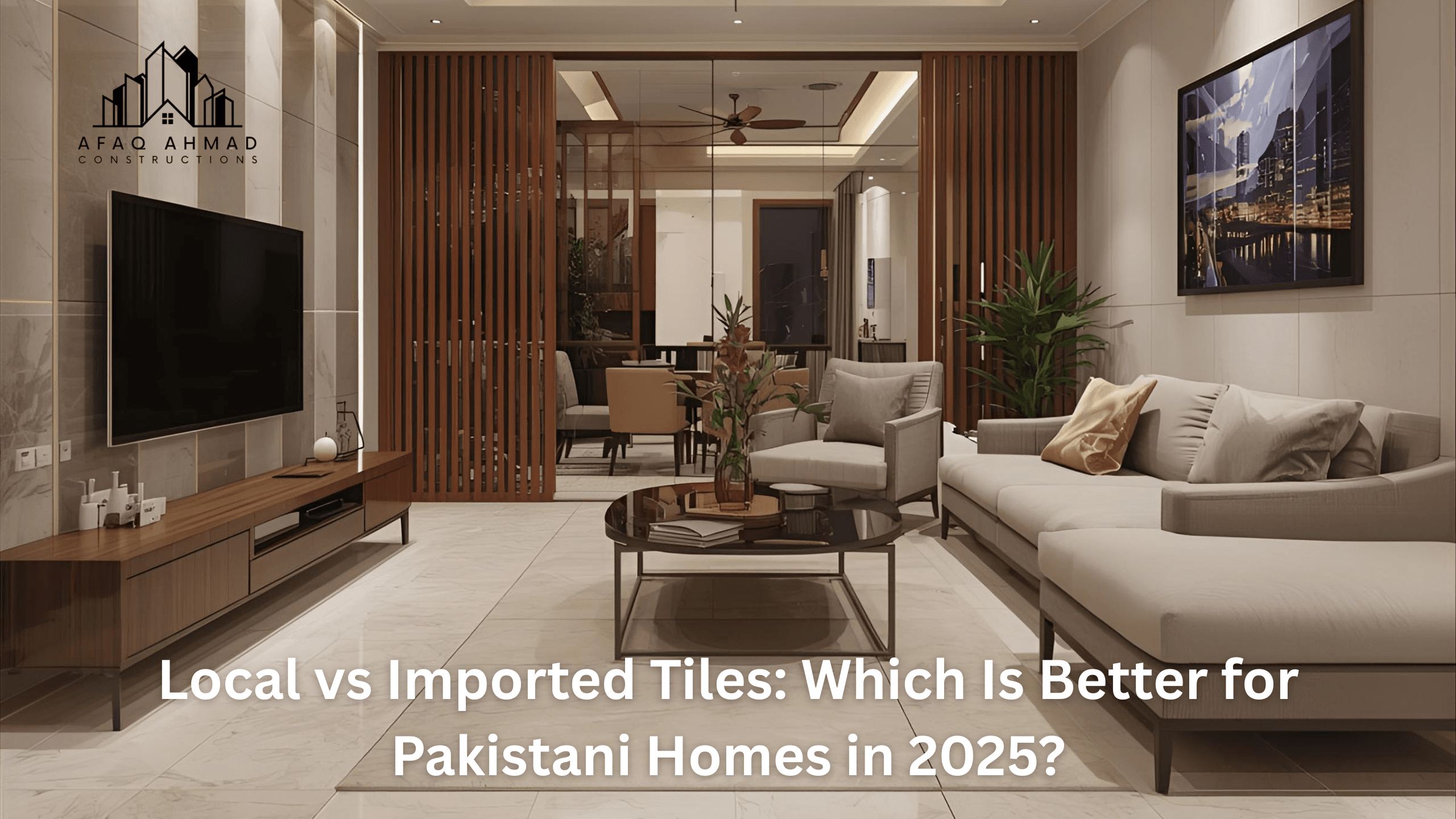
Pakistan’s construction industry is thriving with a projected real estate growth rate of over 5% annually through 2028. With a housing deficit exceeding 10 million units, homeowners in cities like Lahore, Islamabad, and Karachi are investing in durable flooring for their 5 Marla (PKR 7-12 million) to 1 Kanal (PKR 26-50 million) homes. At Afaq Ahmad Constructions, we’ve guided clients through tile selections, where the debate between local and imported options is fierce. This blog compares local vs imported tiles for Pakistani homes in 2025, exploring pros, cons, prices, trends, and tips to help you make an informed choice.
Why Tile Choice Matters in 2025
Pakistan’s diverse climate—Lahore’s 40°C summers and 600-800 mm monsoons, Karachi’s humidity, and Islamabad’s seasonal shifts—demands tiles that resist heat, moisture, and wear, as noted in our weather blog. The Pakistan Building Code (PBC) 2021 and Green Building Code 2023 promote sustainable materials, while material costs (e.g., cement at PKR 1,060/bag) and labor rates (PKR 450-500/day) have risen by 5-7% in 2025, per our cost and timeline blogs. Tiles account for 5-10% of a 10 Marla home’s budget (PKR 16.3-20 million), so choosing wisely can save PKR 100,000-300,000 and enhance value by 5-8%. Let’s break down the comparison.
Local vs Imported Tiles: A Head-to-Head Comparison
Local Tiles
- Description: Manufactured in Pakistan using clay, ceramic, or porcelain, sourced from factories in Punjab and Sindh.
- Pros:
- Affordability: Prices range from PKR 100-500/sq ft, 20-40% cheaper than imported, due to lower transportation and duty costs. Ideal for budget builds like 5 Marla homes.
- Availability: Readily accessible in local markets like Badami Bagh, Lahore, with quick delivery (1-2 weeks).
- Sustainability: Supports local economy and reduces carbon footprint from shipping.
- Customization: Easier to get custom sizes or patterns from domestic suppliers.
- Cons:
- Quality Variability: Some local tiles may have higher water absorption (>15%), leading to cracks in monsoons, per our weather blog.
- Limited Designs: Fewer modern options compared to imported, with less durability in high-traffic areas.
- Aesthetic Appeal: Often lack the premium finish of international brands.
- Best For: Budget-conscious families in Johar Town or Allama Iqbal Town, where cost savings are key.
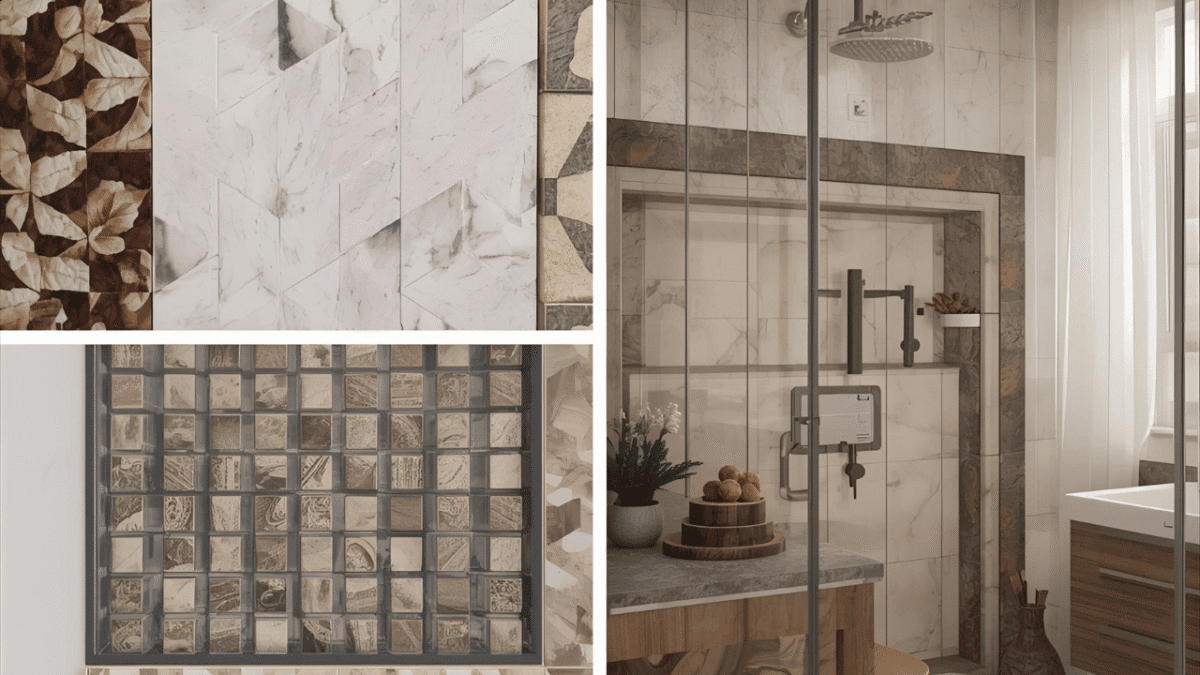
Imported Tiles
- Description: Sourced from China, Iran, Italy, or the UAE, often ceramic or porcelain with advanced manufacturing.
- Pros:
- Superior Quality: Lower water absorption (<3%), higher strength (PEI 4-5 rating), and UV resistance, ideal for Lahore’s heat and humidity. Last 20-30 years with minimal maintenance.
- Diverse Designs: Modern trends like large-format (24×48 inches) and 3D patterns, per 2025 trends.
- Durability: Anti-slip and scratch-resistant, reducing accidents in wet areas.
- Aesthetic Value: Elevates resale by 5-8% (PKR 800,000-1.6 million for 10 Marla home).
- Cons:
- Higher Cost: PKR 500-1,500/sq ft, 30-50% more than local, plus import duties (10-20%).
- Availability Issues: Supply chain delays (2-4 weeks) and stock shortages in rural areas.
- Environmental Impact: Higher carbon footprint from shipping.
- Best For: Luxury builds in DHA Lahore or Bahria Town, where premium finishes justify the expense.
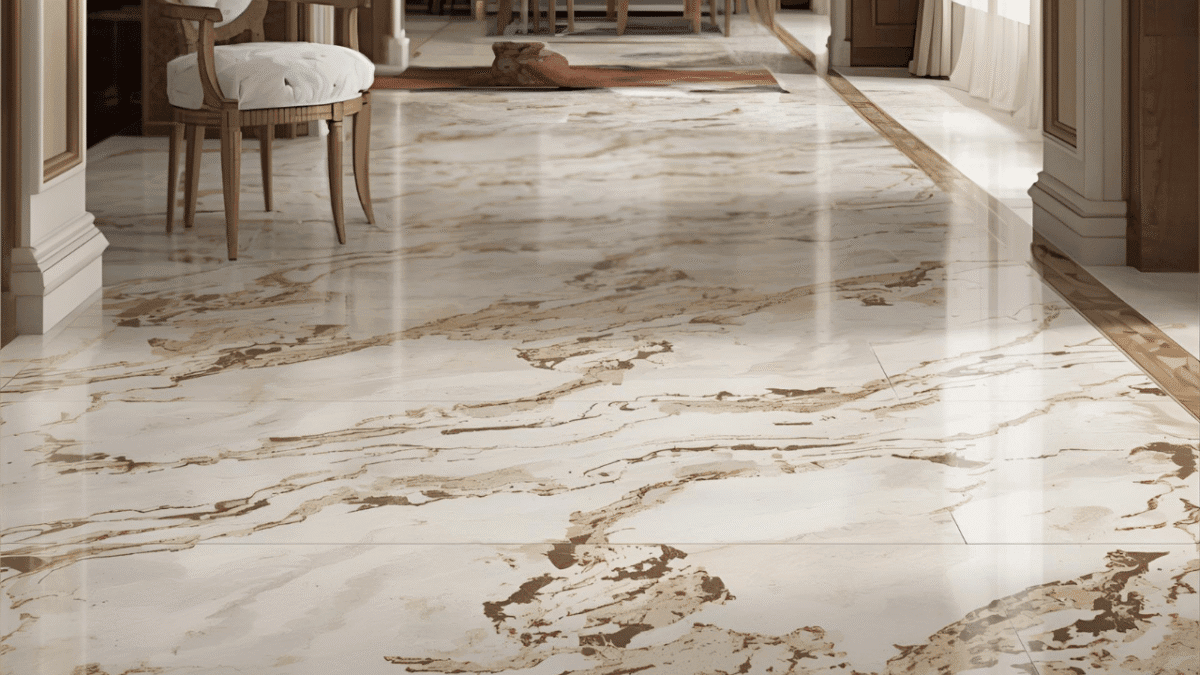
Cost Comparison for 2025 (Per Sq Ft)
| Category | Local Tiles (PKR/sq ft) | Imported Tiles (PKR/sq ft) | Notes |
|---|---|---|---|
| Basic Ceramic | 100-250 | 500-800 | Local for budget, imported for durability. |
| Porcelain | 200-400 | 600-1,000 | Imported excels in heat resistance. |
| Marble-Look | 150-300 | 800-1,500 | Imported offers better gloss. |
| Anti-Slip | 250-400 | 700-1,200 | Essential for monsoons; imported lasts longer. |
| Large-Format | 300-500 | 900-1,500 | Imported dominates trends. |
| Installation Labor | 50-100 | 100-150 | Local cheaper due to availability. |
| Total for 2,000 sq ft (10 Marla) | 300,000-1 million | 1.2-3 million | Local saves 40-60% upfront. |
- Regional Variations: Lahore (local PKR 120-450/sq ft, imported PKR 550-1,200/sq ft), Karachi (5% lower due to imports), Islamabad (5% higher due to transport).
- Influencing Factors: Inflation (5-7%) and demand (rising imports from Iran/China) drive prices. Bulk buys save 5-10% (PKR 15,000-50,000).
- Tip: For a 10 Marla home, local tiles cost PKR 300,000-1 million vs. imported PKR 1.2-3 million, but imported adds PKR 800,000-1.6 million in resale value.
Pros and Cons of Local vs Imported Tiles
Local Tiles
- Pros: Affordable (PKR 100-500/sq ft), quick availability (1-2 weeks), supports local economy, lower carbon footprint.
- Cons: Variable quality (higher absorption >15%), limited designs, shorter lifespan (10-15 years in humid areas).
- 2025 Trends: Sustainable local porcelain (e.g., Sonex) with eco-certifications.
Imported Tiles
- Pros: Superior durability (<3% absorption), modern aesthetics (large-format, 3D), longer lifespan (20-30 years), premium resale boost.
- Cons: Higher cost (PKR 500-1,500/sq ft), longer lead times (2-4 weeks), import duties (10-20%).
- 2025 Trends: Iranian and Chinese imports for affordability (PKR 500-800/sq ft), Italian for luxury (PKR 1,000+).
2025 Tile Trends for Pakistani Homes
- Large-Format Tiles: 24×48 inches for seamless floors, reducing grout lines (local PKR 300-500/sq ft, imported PKR 900-1,500/sq ft).
- Sustainable Options: Recycled ceramic (local PKR 150-300/sq ft) for eco-conscious builds.
- Anti-Slip and Heat-Resistant: Matte porcelain for monsoons and summers (imported PKR 700-1,200/sq ft).
- Cultural Fusion: Geometric patterns inspired by ajrak (local PKR 200-400/sq ft).
- Smart Tiles: Self-cleaning or heated variants (imported PKR 1,200-2,000/sq ft, emerging in 2025).
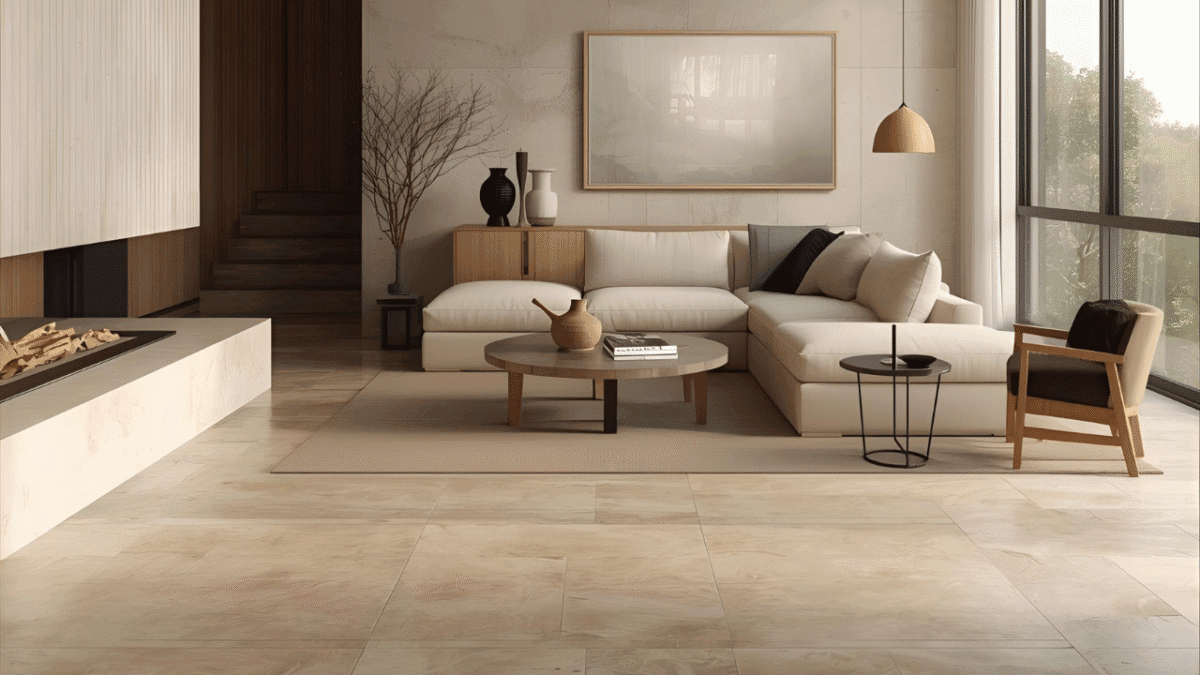
Step-by-Step Guide to Choosing Tiles
1. Assess Your Needs
- Step: Determine room function (e.g., high-traffic kitchen vs. low-use bedroom).
- Details: Kitchens need slip-resistant (PEI 4-5); bedrooms suit decorative.
- Tool: Use our QA blog’s checklist.
- Tip: For 10 Marla homes, allocate PKR 450,000-1.125 million for flooring.
2. Evaluate Climate Suitability
- Step: Select tiles for Lahore’s heat and humidity.
- Details: Porcelain (<3% absorption) over ceramic (3-6%) for durability.
- Tool: Check supplier specs.
- Tip: Use heat-dissipating light colors, per our weather blog.
3. Compare Local and Imported Options
- Step: Balance cost, quality, and availability.
- Details: Local for budget (PKR 100-500/sq ft); imported for premium (PKR 500-1,500/sq ft).
- Tool: Visit markets or use online catalogs.
- Tip: Test samples for slip and absorption.
4. Factor in Installation and Maintenance
- Step: Plan labor and upkeep.
- Details: Labor PKR 50-150/sq ft; maintenance PKR 10,000-20,000/year.
- Tool: Hire certified installers.
- Tip: Schedule during dry months (October-March), per our timeline blog.
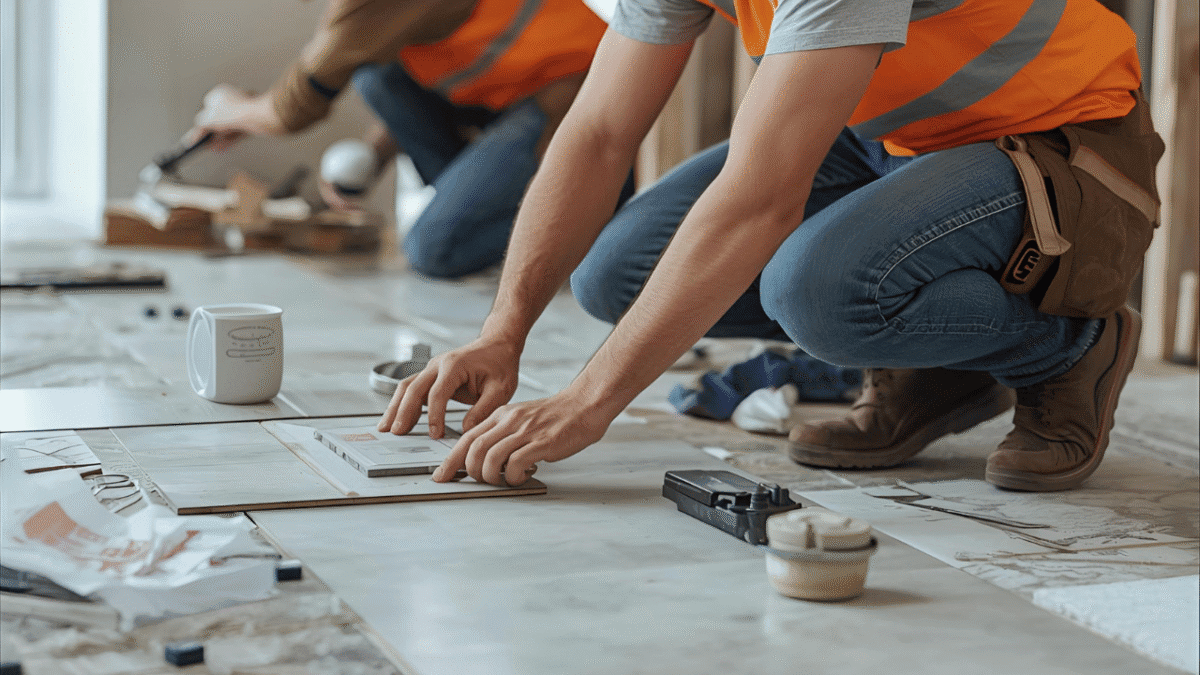
5. Finalize with Budget and Trends
- Step: Align with 2025 trends and your budget.
- Details: Sustainable local porcelain for eco-builds; imported large-format for luxury.
- Tool: Consult Afaq Ahmad Constructions.
- Tip: Add 5-10% buffer for overruns.
Challenges and Solutions in 2025
Challenges
- Cost Overruns: Imported tiles add 30-50% (PKR 300,000-1 million for 2,000 sq ft).
- Weather Delays: Monsoons (July-August) add 2-4 weeks for installation, per our weather blog.
- Supply Issues: Imported delays (2-4 weeks) and local quality variability.
- Labor Shortages: Skilled tilers scarce, raising rates by 5-10%.
Solutions
- Budget Buffer: Allocate 10-15% (PKR 1.6-3 million), per our cost guide.
- Weather Planning: Install indoors during rains, saving PKR 100,000-200,000.
- Sourcing Strategy: Use Afaq Ahmad Constructions for reliable suppliers.
- Labor Training: Our crews ensure efficient work.
2025 Market Context
- Demand: High in DHA Lahore and Bahria Town for premium tiles; Johar Town for local options.
- Trends: Sustainability and large-format dominate, per our sustainable and trends blogs.
- Costs: Inflation (5-7%) and import duties (10-20%) impact budgets.
- Solution: Trust Afaq Ahmad Constructions for balanced choices.
Visualizing Your Tile Selection
Imagine a 10 Marla home in Bahria Town with local porcelain floors (our villa image), a DHA Lahore kitchen with imported marble-look tiles (our bungalow image), and a Lahore Smart City patio with sustainable ceramic (our roofing image). Afaq Ahmad Constructions perfects your choice.
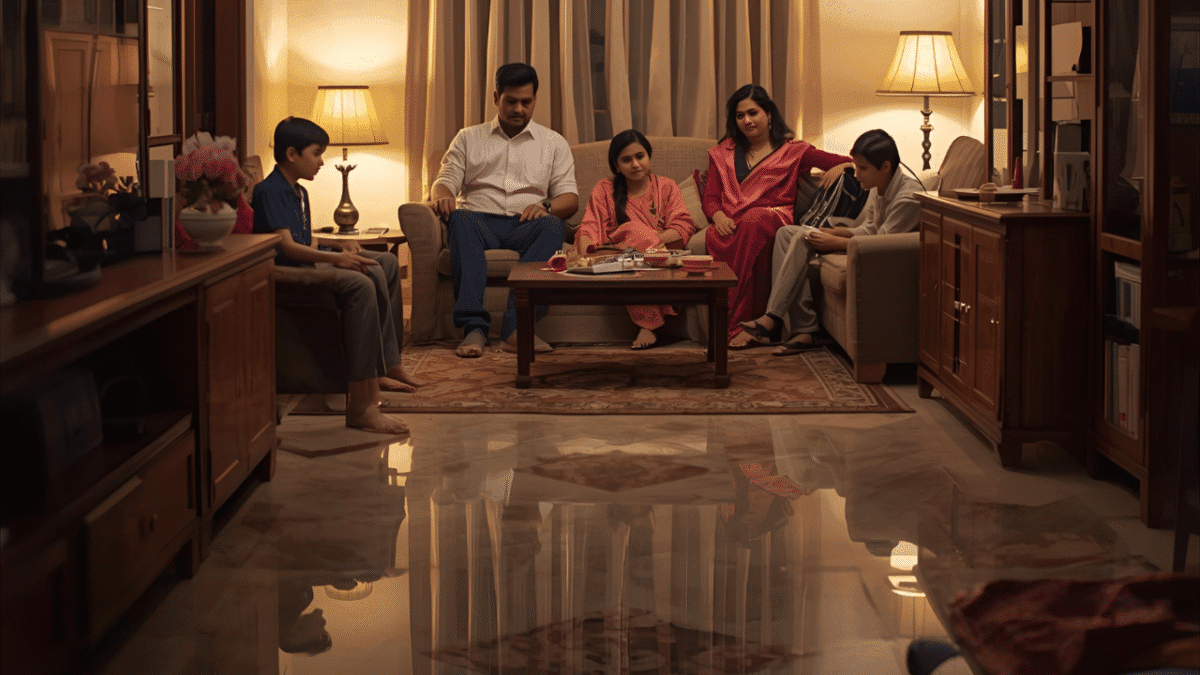
The Role of Afaq Ahmad Constructions
At Afaq Ahmad Constructions, we tile with precision:
- Expert Selection: We recommend based on needs and budget.
- Quality Installation: We meet PBC 2021 standards.
- Support: We manage sourcing and timelines.
Visit https://afaqahmadconstructions.com/ to start your tile project today!
Conclusion
Local vs imported tiles for Pakistani homes in 2025 boils down to budget, quality, and availability: local (PKR 100-500/sq ft) offers affordability and quick access, ideal for budget builds, while imported (PKR 500-1,500/sq ft) provides durability and trends, suiting luxury projects. With local saving 40-60% upfront and imported boosting resale by 5-8%, the choice depends on your goals. Partner with Afaq Ahmad Constructions for expert guidance. Contact us now to decide!

